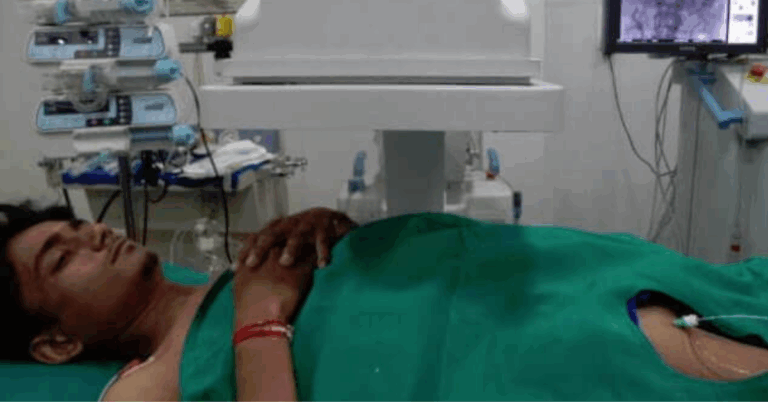Advancements in Near-Infrared Light Therapy for Tissue Healing
Near-infrared (NIR) light therapy has shown promising benefits for tissue healing. This non-invasive treatment penetrates deep into the skin, stimulating cellular repair and regeneration. By enhancing circulation and oxygen flow to the affected area, NIR light therapy can accelerate the healing process for wounds, injuries, and inflammation.
One of the key advantages of NIR light therapy is its ability to reduce pain and inflammation in tissues. By targeting specific chromophores within the cells, NIR light can modulate the inflammatory response and promote the production of endorphins, natural pain-relieving chemicals in the body. This can provide relief for conditions such as arthritis, muscle strains, and neuropathic pain, improving overall tissue healing outcomes.
The Science Behind Near-Infrared Light Therapy
Near-infrared (NIR) light therapy, a form of low-level light therapy, involves the use of specific wavelengths of light to stimulate cellular function and accelerate tissue repair. The science behind this therapy lies in its ability to penetrate deep into the body, reaching the mitochondria within cells, which are responsible for producing energy in the form of adenosine triphosphate (ATP). When the mitochondria absorb NIR light, it enhances ATP production, leading to increased cellular metabolism and improved tissue healing.
Furthermore, NIR light therapy has been shown to trigger a process called photobiomodulation, in which the light energy activates signaling pathways within cells that promote healing and reduce inflammation. This stimulation of cellular processes helps to optimize the body’s natural ability to repair and regenerate tissues, making NIR light therapy a promising modality for a wide range of applications in healthcare and wellness.
Common Applications of Near-Infrared Light Therapy
Near-infrared light therapy is widely used in various medical and cosmetic applications. It has shown effectiveness in promoting wound healing by stimulating cellular regeneration and reducing inflammation. Additionally, this therapy is commonly used in sports medicine to accelerate muscle recovery and reduce pain after intense physical activities.
Moreover, near-infrared light therapy has been increasingly utilized in the treatment of chronic pain conditions such as arthritis and fibromyalgia. By targeting the affected areas with specific wavelengths of light, this therapy helps alleviate pain and improve overall mobility in patients. Furthermore, it is also employed in dermatology for its ability to enhance collagen production and improve skin tone and texture.
How does near-infrared light therapy promote tissue healing?
Near-infrared light therapy helps to increase circulation, reduce inflammation, and promote the production of collagen, all of which contribute to faster tissue healing.
Can near-infrared light therapy be used for pain relief?
Yes, near-infrared light therapy has been shown to help reduce pain and inflammation, making it a popular treatment for conditions such as arthritis and muscle soreness.
Is near-infrared light therapy safe?
Near-infrared light therapy is considered safe when used as directed. It is non-invasive and does not have any known side effects.
How long does it take to see results from near-infrared light therapy?
Results from near-infrared light therapy can vary depending on the individual and the condition being treated, but many people report feeling improvements after just a few sessions.
Can near-infrared light therapy be used in conjunction with other treatments?
Yes, near-infrared light therapy can be used in combination with other treatments to enhance their effectiveness. It is often used alongside physical therapy, chiropractic care, and other modalities.




